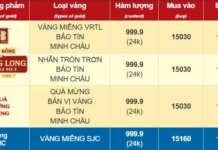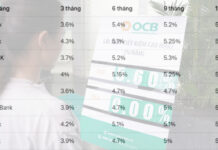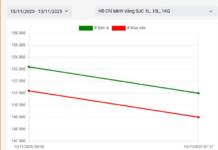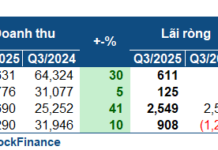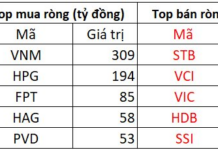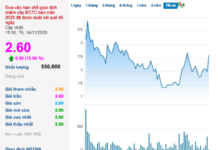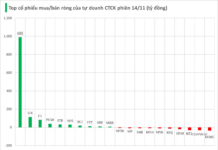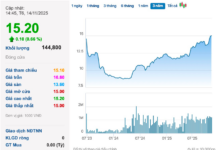What is Bad Debt?
Bad debt refers to challenging-to-collect debts when borrowers fail to make payments as per the agreed-upon terms in their credit contracts. It represents a default on the part of the borrower.
As per the signed contract, if the payment is overdue for more than 90 days, it is considered bad debt.
Categorization of Bad Debts
According to Clause 1, Article 10 of the State Bank of Vietnam’s Circular No. 02/2013/TT-NHNN, bad debts are specifically categorized on the CIC – Vietnam National Credit Information Center. The CIC system evaluates debt history across five groups:
– Group 1: Standard Debt
This group includes debts that are current and assessed as fully collectible, with both principal and interest payable on time. It also includes debts that are less than 10 days overdue but expected to be fully recovered, with the remaining principal and interest paid on time.
– Group 2: Debt for Attention
Group 2 comprises debts that are overdue between 10 and 90 days and debts that have been restructured for the first time.
– Group 3: Substandard Debt
Substandard debt includes debts that are overdue between 91 and 180 days. It also covers debts that have been restructured for the first time and are less than 30 days overdue per the restructured repayment schedule. Additionally, it includes debts restructured for the second time and debts for which interest has been waived or reduced because the customer cannot pay the full interest per the credit contract.
– Group 4: Doubtful Debt
This group includes debts that are overdue between 181 and 360 days. It also covers debts restructured for the first time that are between 30 and 90 days overdue per the restructured repayment schedule and debts restructured for the second time that are less than 30 days overdue per the second restructured schedule.
– Group 5: Loss Debt
Loss debt is categorized based on criteria such as debts being overdue for more than 360 days, debts restructured for the first time that are over 90 days overdue per the restructured repayment schedule, and debts restructured for the second time that are over 30 days overdue per the second restructured schedule.
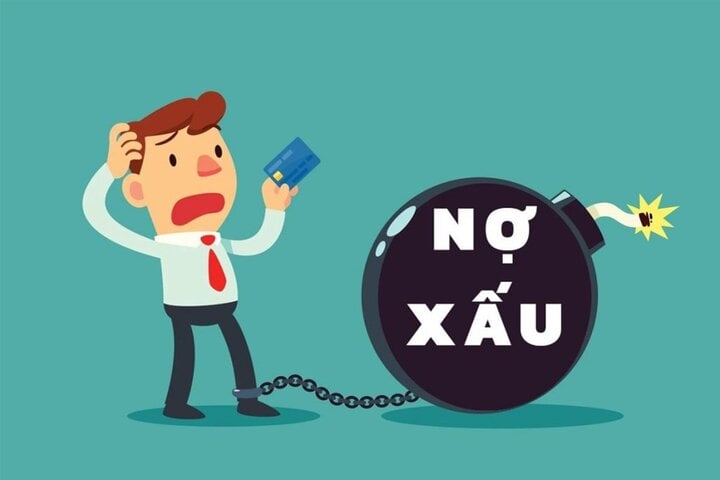
(Illustrative image)
Can Bank Bad Debts Be Purchased on Installment?
Buying on installment, or hire purchase, is a popular method of purchasing goods and assets where the buyer only needs to pay a portion of the price upfront. The remaining balance is then paid in monthly installments, including a portion of the principal and interest. This is essentially a form of borrowing, with equal installments of principal and interest.
Installment purchases are increasingly common as they cater to various customer needs, such as buying phones, motorbikes, TVs, and even houses.
Similar to borrowing from a bank or financial institution, if a customer has bad debt, their application for an installment purchase will be assessed based on the group of debt they fall into. In some cases, installment purchases may still be approved, while in others, the bank or financial institution may refuse to extend further credit.
The decision to approve an installment purchase depends on the severity of the bad debt and the customer’s loan application. Each debt group has specific implications:
–
Group 1 Debt
: Customers in this group are typically able to repay the principal and interest on time, so financial institutions or banks may consider approving their installment purchase applications.
–
Group 2 Debt
: Customers in this group will not have their installment purchase applications accepted by banks, but they may still be able to purchase on installment from non-banking financial companies.
–
Group 3, 4, and 5 Debt:
These groups represent challenging-to-collect debts, so banks and financial institutions will not extend further credit. To become eligible for installment purchases again, customers must fully repay the principal and interest and have their bad debt record cleared.
In summary, customers in Groups 1 and 2 may still be able to make installment purchases, depending on the specific requirements of the bank or financial institution. However, customers in Groups 3, 4, and 5 will not be able to make installment purchases until their bad debt record is cleared.






